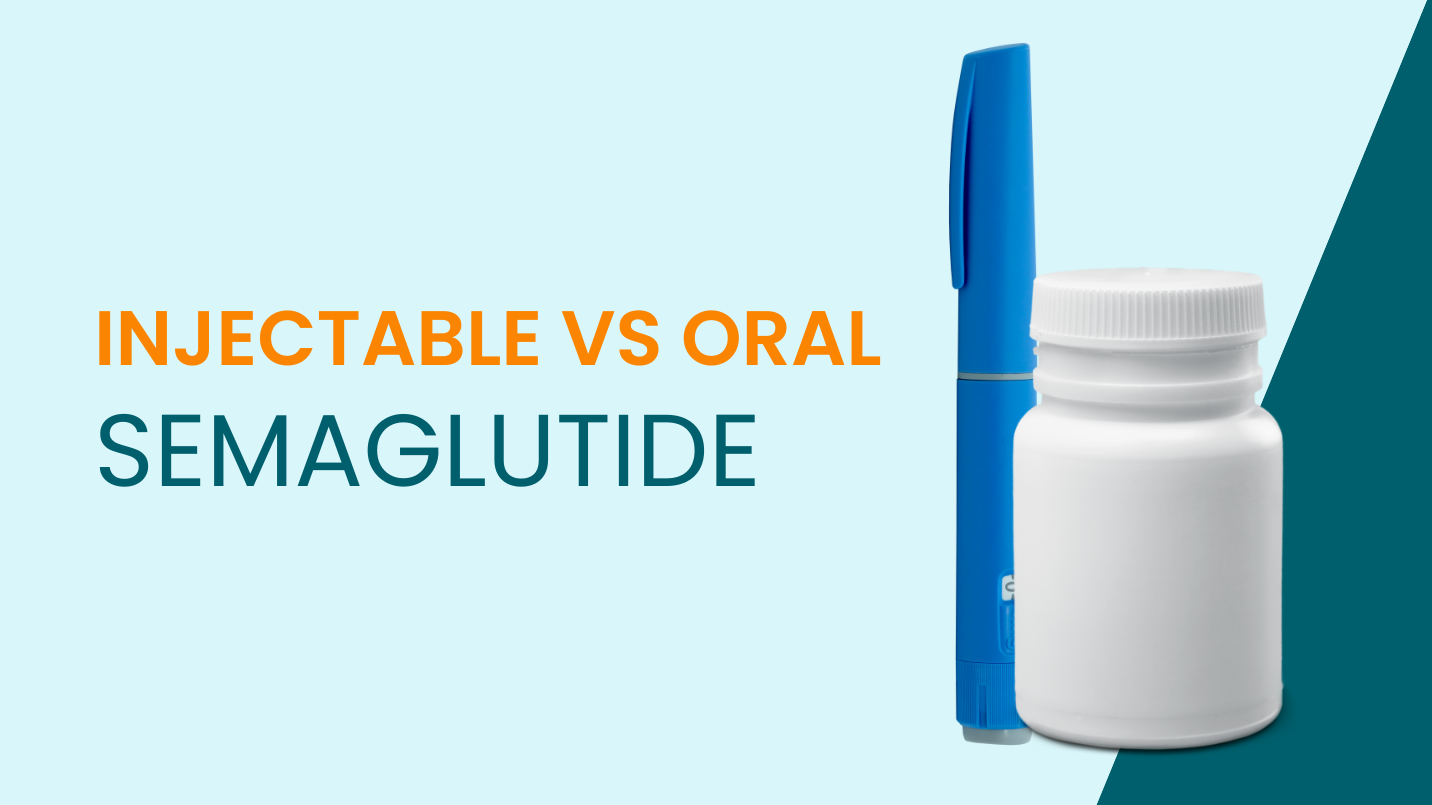Tips To Help Reduce Post-Injection Site Bruising
How to prevent or reduce injection site bruises

If you’ve ever noticed bruising around the site of your injection, you’re not alone. For many people using medications like semaglutide or other GLP-1s, injection site bruises can be an uncomfortable and frustrating part of their routine.
But don’t worry—there are simple ways to minimize or prevent bruising altogether. Let’s explore why it happens, how to make your injections easier, and what to do if a bruise appears.
Why does bruising happen?
Like any other injury, an injection can disrupt the tissues and small blood vessels in your skin and cause a bruise. A bruise is essentially blood that has leaked into surrounding tissues after an injury, which can cause discoloration or tenderness in the area. A bruise will generally heal slowly over a couple of weeks.
Now, that being said, there are some factors that make bruising more likely. People with thin skin tend to bruise easier as their skin is less stable and sturdy to protect those little blood vessels.
Also, people who take medicines that thin the blood like aspirin, ibuprofen, warfarin, and other blood thinners are more likely to bruise. Alcohol consumption within 24 hours of the injection also makes bruising more likely. The size of the needle and pressure applied to the skin also can make a difference, as a large needle or pushing hard on an injector pen can cause bruising. If you find that you are bruising easily even in areas where you aren’t injecting, definitely reach out to your doctor as many health conditions can cause easy bruising.
Pre-injection tips to reduce bruising
By following these tips, you may be able to reduce the likelihood of bruising:
Stay hydrated: hydrated skin is more elastic and less likely to be injured as easily.
Avoid alcohol: at least 24 hours before your injection, stay away from alcoholic beverages.
Medications to avoid: Discuss with your doctor if you can hold off on prescribed blood thinners for 24 hours before your injection. Also, avoid taking NSAIDs like ibuprofen or naproxen 24 hours before your injection.
Ice the area: Use a cold compress or ice pack to cool the area before your injection to constrict the blood vessels and make bruising less likely.
Choose a good site: certain sites are more prone to bruising than others, many people find that the thighs and hip area bruises less than other areas. Also, avoid any sensitive or previously damaged areas and try to rotate injection sites rather than using the same exact spot each time.
Post-injection tips to reduce bruising
Pressure: apply firm but gentle pressure to the area after injection.
Cold: apply a cold compress or ice pack for a few minutes after injection.
Avoid activity: avoid strenuous exercise for 24 hours after injection.
You’re bruised, now what?
If you did end up with bruising, most bruises resolve completely within a couple of weeks. Here are some tips to help that bruise heal:
Gentle massage: wait for at least 24-48 hours after the bruise forms to massage the area. After this time period, the blood vessels should have had time to seal, and a gentle massage around the sides of the injection site for 3-5 minutes a couple of times a day can help heal a bruise. If you have swelling or pain, avoid massaging the area.
Warm compress: heat after 48 hours of bruising can help increase your circulation to heal the bruise more quickly. Apply a warm compress for 10 minutes a couple of times a day.
Creams: though there isn’t strong clinical evidence, people swear by arnica and vitamin k creams for healing bruises.
When to seek medical attention
If you have severe pain, prolonged swelling, signs of infection like redness or pus, or even if you’re just unsure, definitely head to your doctor’s office or urgent care as those are some of the signs of a more serious injury or issue.
Post-injection bruises are common
While bruising is a pain in the injection site (we love well placed pun), they are a common side effect of injections. Bruising usually is self-limited and resolves within a couple of weeks. By following the tips above, you can hopefully avoid getting a bruise, or if you do get one, at least help it resolve more quickly. Remember, open communication with your healthcare provider will ensure that you feel comfortable and well-informed about your bruising and that it’s not a sign of something more serious.


